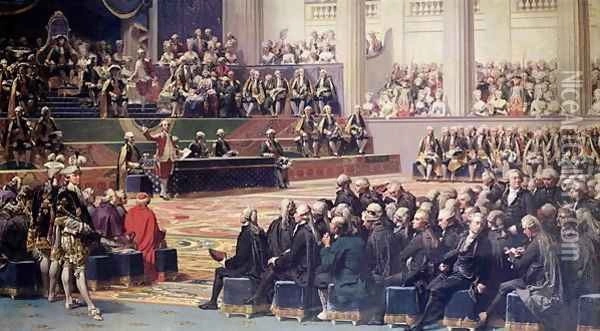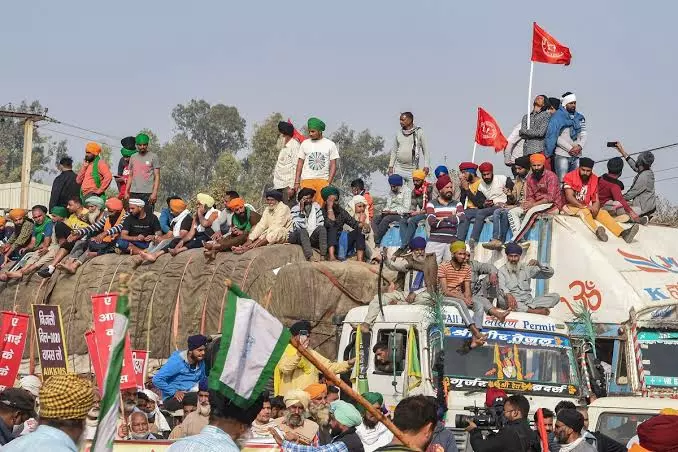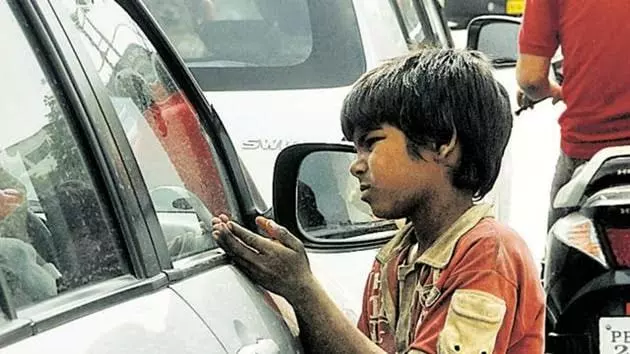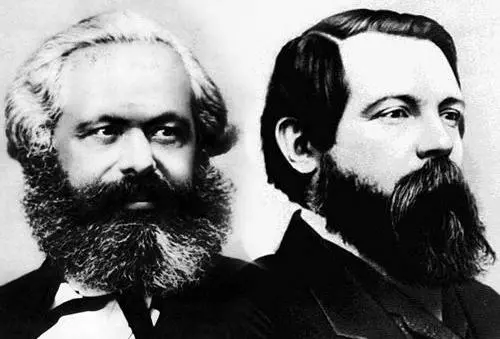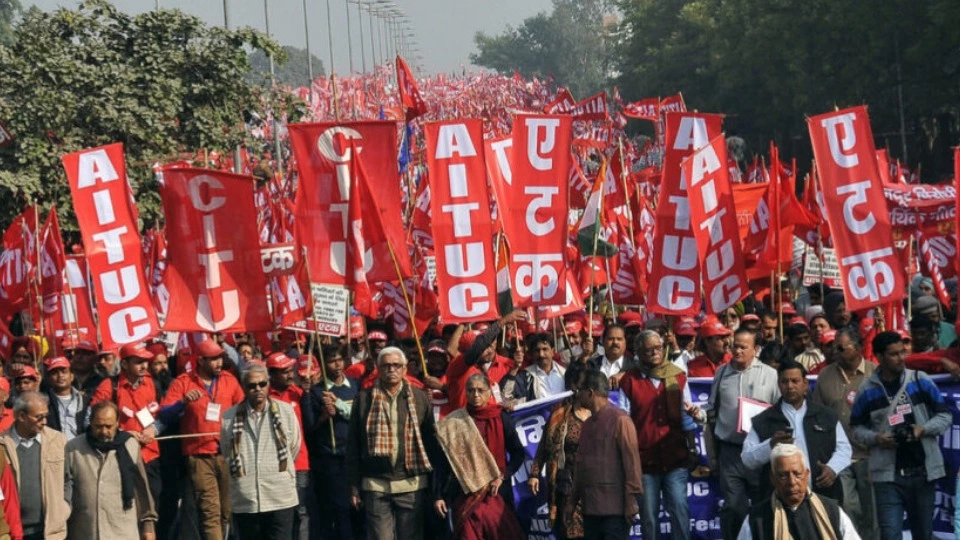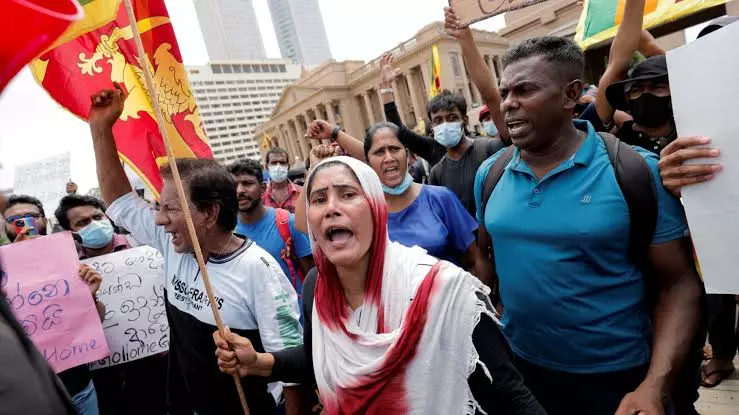“Something is rotten in the state of Denmark” – Marcellus said this in William Shakespeare’s Hamlet regarding the ghost being a visible symptom of the rottenness in the state of Denmark due to misrule. Many people in the United States agree that the epidemic of mass shootings signifies that something has gone very wrong in their society. The recent incidents in Uvalde, Buffalo, California and the Brooklyn subway station have again ignited a long-standing debate about rampant gun violence throughout USA. Every time a shooting happens, the discussions and the debates occur, and then evaporate into oblivion within a few days. Neither is the issue resolved, nor do the firearm deaths stop.
Unfortunately, mass shootings have become a regular phenomenon in the USA. What provokes these people to commit insane public violence day after day? A person isn’t born a murderer rather circumstances mold an individual over time. Mass gun violence occurs in a social and economic context which influences a person to commit such heinous murders.
Constitutional Rights
There is a constitutional right to bear arms in the United States. The second amendment says “A well-regulated Militia, being necessary to the security of a free state, the right of the people to keep and bear arms shall not be infringed.” Many historians agree the primary reason for passing the second amendment was to prevent the need for the country to have a professional standing army and was not intended to grant to private individuals a right to keep weapons for self-defense. However, over the years, Supreme Court has interpreted the constitution’s right to bear arms as an individual self-defense right, thus making it difficult for Congress to regulate guns.
Firearms Acts
The National Firearms Act (NFA) of 1934 is the first gun control legislation passed in the country followed by The Federal Firearms Act (FFA) of 1938. These acts focused on controlling gangland crimes and prohibited arm purchases by the convicted felons. It also mandated that gun sellers to keep the customer records.
Following the assassination of President John F. Kennedy, Senator Robert Kennedy and Dr. Martin Luther King Jr, President Lyndon B Johnson pushed for the Gun Control Act (GCA) of 1968. This act banned importing guns that have no sporting purpose, imposed age restriction on handgun purchases, prohibited felons, mentally ill and others from purchasing guns, required serial numbers for all manufactured and imported guns along with stricter licensing and regulation on the firearms industry. However, the 1986, Firearm Owner’s Protection Act (FOPA), loosened regulations on the sale and transfer of the ammunitions.
Black Uprising in 1960’s and Mulford Act
Gun culture in America is deeply rooted in the racist history of slavery. The hallmarks of that legacy are clearly visible in modern day America as well. Today, Republican Party is often identified as a defender of the second amendment. But the Republican Policymakers had a very different attitude in the 1960’s. Staunch Republicans like Ronald Reagan supported the bills on gun control, not because of ideology but due to racist compulsion.
The advocacy of armed self-defense by increasingly militant groups, including the Black Panther Party (BPP)for self-defense, sparked fear among the political elite. This trepidation translated into designing legislation to undermine radical social activism. The Mulford Act enacted in California in 1967, introduced by Don Mulford and signed by Governor Ronald Reagan, prohibited openly carrying loaded firearms in public spaces throughout the state of California. National Rifles Association (NRA) had also supported the act. The Mulford Act also weakened the BPP to a great extent.

Ghost Guns and the Consumer Gun Market
Do you know the concept of ghost guns? A privately made firearm that lacks a commercially applied federally mandated serial number is called a ghost gun. These guns are untraceable. A New York Times article warned that ghost guns can be ordered by gang members, felons and even children and described that the rising number of seized ghost guns is a ‘crisis’. The head of gun-safety organization called ghost guns the biggest threat in the country right now.
The dramatic expansion of a consumer gun market after World War II (WWII) inflamed the rising fear of more guns in the wrong hands. Senator Tom Dodd (D-Conn) denounced “the traffic in handguns between mail-order houses and juveniles, young adult felons, drug addicts, mental defectives and persons who generally would not be able to purchase weapons because of their background.” He validated responsible gun ownership and often assure anxious gun owners that he only aimed to regulate unvirtuous gun uses and users. Among the most notorious mail-order options were starter pistols and cheap handguns made in western Europe. The notion of easily accessible illicit guns was scary, but it wasn’t politically actionable until the 1960’s black uprising in the cities like Detroit, Newark, Washington D.C.
Guns have proliferated in many poor, inner-city communities as a consequence of the politically motivated “War on Drugs”. The new drug war created a brand-new market for illegal drugs – an underground marketplace that would be inherently dangerous and would necessarily be characterized by both guns and violence. In many urban minority communities, the war on drugs translates into an everyday reality of racially driven police harassment, surveillance and killings. Instead of treating substance abuse as a public health issue, it has become a weapon for law enforcement to brutalize inner-city communities.

Bitter Truth of Data
The crime rate in the Unites States is not that different from other countries in western Europe, UK, Japan and Australia; but the homicide rate is dramatically higher. One major reason is the easy availability of guns. According to government data, the US has 4.4 percent of the world’s population but over 40 percent of all civilians-owned guns. In 2013, there were approximately357 million firearms in this nation of 330 million people. Among 64 high income countries and territories, US stands out for its high level of gun violence. US ranks eighth out of 64 (other seven being Caribbean territories) for homicides by firearms. When we look exclusively at high income countries and territories with a population more than 10 million, the US ranks first.
Beginning in the 1980’s and 1990’s, developed countries started taking measures on the civilian gun ownership. Canada, UK, Australia took effective gun control measures, while only developed country left with a big gun market was USA. Hence, civilian gun ownership grew exponentially in USA.
National Rifles Association (NRA)
National Rifles Association of America (NRA) is the biggest and the most influential gun advocacy group in America. Founded in 1871 to advance rifle marksmanship, the modern NRA has become a prominent gun right lobbying organization. According to NRA, it had nearly 5 million members as of December 2018. Over its history, the organization has influenced legislation, participated in or initiated lawsuits, endorsed or opposed various candidates at local, state and federal levels. The NRA institute for legislative action, manages its political action committee (PAC), Political Victory Fund (PVF). In 2016, the NRA raised a record $366 million and spent $412 million for Political activities. Nine US presidents had been a member of NRA including Donald Trump. The NRA is the epitome of crony capitalism in the US.
Consumer Capitalism/Gun Capitalism
Frequent gun violence in society represents the celebrated individualism of American life turned in on itself. Henry A. Giroux an American - Canadian scholar and cultural critic, of McMaster University, writes – “When violence becomes an organizing principle of society, the fabric of a democracy begins to unravel suggesting that America is at war with itself.” We live in a society defined and sustained by violence. The very same week as the Oregon mass shootings, the US military targeted air strikes at a hospital in Kunduz, Afghanistan killing at least 22 people, and more than dozens were injured.
For seven decades, subsequent to WWII, gun panics have shaped gun control politics and policy, which always results in a discussion to distinguish between virtuous and unvirtuous gun use. Such dichotomy concealed the fundamental reality in America – Gun Capitalism. It has put more than 400 million guns in American’s hands. Despite successive panics, guns remain largely unregulated in the market because regulatory acts have only narrowly targeted what they perceive to be unvirtuous gun use and users. The Oxford shooter suspect’s father, for instance, was just one of nearly 700,000 Americans who tried to buy a gun legally during the week of Black Friday.
In 1945, there was one gun for every three Americans; today we have more guns than people. The gun culture in America grew in tandem with the post war boom of consumer capitalism. Since WWII and the post war boom, US has frequently been engaged in war throughout the world. Apparently, the country has become accustomed to a permanent war economy – to the militarization of foreign policy. With a military budget that equals half of all military expenditures by the rest of the world combined, the US militaristic global presence sends a message that violence is the ultimate solution to any dispute. This is a message that invariably trickles down into the American psyche and culture.
The news published by most of the major media houses that the stock values of the top 5 major gun and ammunition manufacturers skyrocketed on the next morning of the Uvalde, Texas shooting. This is the prominent example of what gun capitalism is. You have a shooting, next day more people buy assault weapons thinking to defend themselves and you have more guns in public hand, thus you have more shooting incidents. Those who benefit from this vicious cycle of death trap are the gun manufacturers and the gun lobbyists. Those who suffer are the poor unarmed children and civilians.
The crony capitalism between gun manufacturers and the lawmakers produced laws like the “Dickey Amendment”, by which, for more than 20 years, Congress has not engaged in federal funding for gun violence research. The Dickey amendment prohibits the use of federal funds to advocate or promote gun control. Thus, it has prevented the Center for Disease Control (CDC) to conduct any research on traumatic brain injury related to firearms. The Gun lobby worked with the political elite to ensure their profits by suppressing data.
Thus we have a portrait of a society wallowing in a mire of endless violence, divided by extremes of wealth and poverty, and fundamentally designed to enrich the one percent or less who own the bulk of the nation’s industries and resources. This reality constitutes the context of economic violence against the country’s working class majority, whose scanty social safety net and deteriorating socio-economic conditions serve as a provocative backdrop to the American epidemic of gun violence.

Can there be any Solution
Solution to this epidemic is not uni-dimensional. Taking away guns would be the first step towards it. Canada did it, the UK did it, Australia did it; and their result is for all to see. Taking away guns does not only mean no longer buying and selling of assault weapons; but also, to buy back already sold ammunitions. Australia did that in 1996, dramatically reducing gun violence. US lawmakers need to take lessons other countries. Mental Healthcare needs to be one of the focal points of law making. Insurance companies have started taking measures on mental health recently; but that is not sufficient. A large portion of the country’s population cannot afford health insurance. We need universal healthcare that includes mental health. We need more regulations on the gun industry. We need to target the absurd immunity and privileges that the gun culture bestows upon both gun manufacturers and law enforcement. Instead of reactionary profiling, we need universal safety measures. Rather than billionaires like Michael Bloomberg, the most affected people in the gun violence need to lead the fight against it. Since gun violence is deeply connected with healthcare, poverty, war, unemployment, domestic violence, migration, school and workplace alienation and many more socio-economic dimensions on which the current capitalist model of American society is built; to take on gun violence, we need to confront this model head on.
The ray of hope here is the crisis of gun violence has created a novel political development for the first time in generations. The younger generation have come out against it on the streets. Washington DC witnessed the huge “March for Our Lives” rally in 2018. The far-right Republicans are pro-gun. Expecting any effective solution from them will be in vain. The centrists and Democrats are only willing to do minimal tweaking in the gun law which has not been fruitful thus far. The American Left needs to play a role here. So far, the Left has shown reluctance on debating gun violence. To stop gun violence, we need to have a long-term vision with some short-term tangible actions. A new kind of societal model that can tackle gun violence at its deep root needs a radical far sighted holistic vision. We may not get there overnight but we can surely get there if we have the vision and the dedication.

